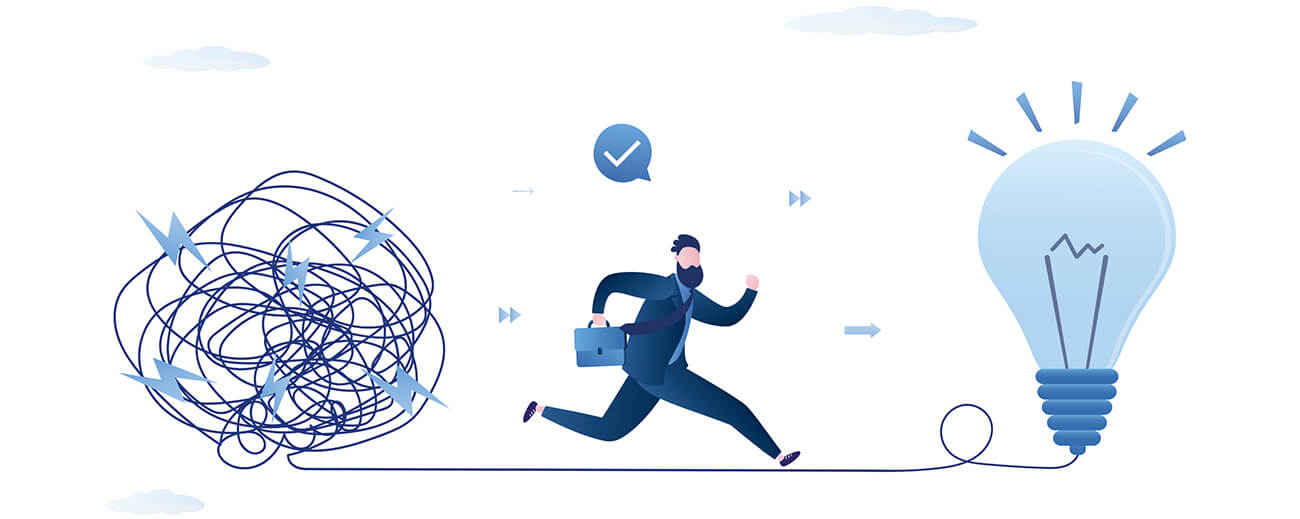From Boardroom Confession to Shop Floor Resolution
Welcome back to Boardroom Confession Fridays. Each week, we’re unpacking the biggest financial and operational performance issues being discussed behind closed doors and sharing tips for bringing those conversations to the shop floor and engaging front-line employees in the solution. Follow along and get inspired to turn talk into action, and action into results.
Confession 3: Too many managers and their team members are only going through the motions.
There is often a misconception at the highest level of organisations that everyone else will automatically and fully buy into the company’s objectives and get behind the latest performance improvement initiative 100 percent. In real life, this is almost never the case. Those somewhat rare companies that do enjoy high levels of employee engagement don’t luck into it. Rather, they are extremely intentional about developing and nurturing engagement at every level and about maintaining a culture that encourages and empowers employees to contribute to their greatest ability. This is the key to ensuring the success of any continuous improvement initiative or management system being implemented to drive breakthrough change.
Start by making engagement a KPI.
You can’t improve what you don’t measure, so it’s important to make employee engagement a key performance indicator on the dashboard of all senior leaders. This, of course, requires executives to buy into the importance of investing in employee engagement. They also need to understand that employees sometimes have valid reasons for not being engaged. When engagement becomes a key measure of success, alongside things like throughput, quality, and safety, it becomes ingrained as central to the organisation’s culture.
Measure engagement in real time.
Committing to measuring engagement is one thing; figuring out how to measure this metric is another. Employee engagement surveys are a commonly wielded tool. But they’re not always the most insightful. After all, non-engaged employees are not likely to put a lot of thought into delivering honest and meaningful answers. Even if they do, HR teams don’t always have the experience to accurately interpret or respond to the results.
AI can help here, and tools like the TBM Index can be used to continuously monitor engagement on a daily basis. The TBM Index works by reviewing the types of language being used within communications such as emails, letters, or other exchanges. While such tools shouldn’t identify individual employees or point fingers at who said what, they can provide executives with an overall engagement score or baseline for the organisation. More importantly, such tools can immediately identify when sentiment is changing either up or down, allowing executives to better understand the impact of change management on employee engagement efforts and other drivers of employee satisfaction or dissatisfaction.
Remember that engaged managers are essential to engaged employees.
Employee engagement is a top-down initiative with bottom-up results. In other words, front line employees will not buy in unless they believe their supervisors are fully engaged, and supervisors won’t bother unless the highest levels of the organisation can credibly demonstrate that they genuinely want and respect employee input and involvement in processes, problem-solving, and improvement initiatives.
Give it some time.
If the problem of non-engaged employees is a recurring theme in your boardroom conversations, then it’s time to start establishing the foundation and framework for a highly engaged culture across the organisation. This won’t happen overnight, and it will take ongoing commitment to make real change happen. But true continuous improvement as well as permanent resolution of the same recurring performance problems depends on turning the talk in the boardroom into action on the shop floor. Cheque out next week’s confession for more on how to stop firefighting the same issues over and over again.
In case you missed our previous articles from the Boardroom Confession series, explore our discussions on "Continuous Improvement is Continuously Diminishing" and "Resolutions Take Too Long."





